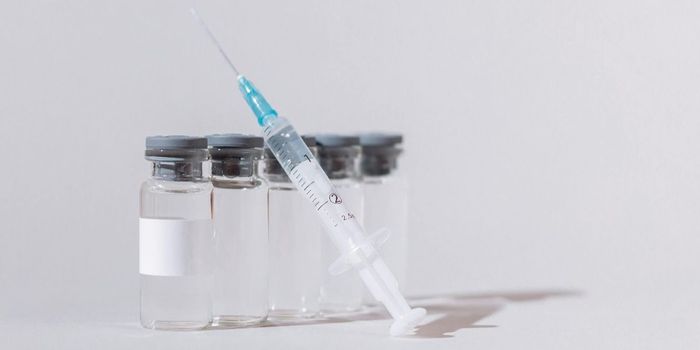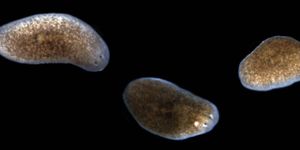While a newborn’s immune system is getting revved up after birth, a specific sugar in the mother’s breast milk seems to be protecting the newborn from bacteria in the meantime.
Around 50 percent of women have lacto-n-difucohexaose I in their breast milk, along with various vitamins, fats, proteins, and many other types of sugar. From the Centre for International Child Health at Imperial College London, lead study researcher Dr. Nicholas Andreas and his team investigated the protective abilities of lacto-n-difucohexaose I in the face of Group B Streptococcus in 183 women from The Gambia.
The study, published recently in the journal
Clinical and Translational Immunology, involved testing the breast milk of the participants for sugars known to be controlled by genes from the Lewis antigen system, a gene system partly responsible for the diversity of sugars in a woman’s breast milk. The researchers also kept track of the presence of Group B Streptococcus in both the mothers and their infants at birth, six days after birth, and between 60 and 89 days after birth.
First, the researchers found women with breast milk sugars related to Lewis antigen system genes were the least likely to have Group B Streptococcus in their vagina and breast milk. Group B Streptococcus is the global leading cause of infection for newborns in the first three months of life and a common cause of meningitis in newborns. The bacteria occur naturally in the vagina and bowels of about one-third of all women, making them capable of transferring the bacteria to their infants during childbirth or via breast milk.
For the mothers in the study with breast milk sugars related to Lewis antigen system genes, their infants were less likely than others to be exposed to Group B Streptococcus during childbirth or while breast feeding.
The focus of the study finally landed on lacto-n-difucohexaose I when the researchers saw that even for infants who did receive Group B Streptococcus from their mothers, they were more likely to clear the bacteria from their body by day 60-89 after birth if their mothers also had lacto-n-difucohexaose in their breast milk (and the babies were being breast fed).
Lacto-n-difucohexaose is also linked to Lewis antigen system genes, reinforcing what researchers knew about the protective effect of these genes, but the findings from the study also seemed to point toward a protective effect specific to the sugar, lacto-n-difucohexaose.
Andreas said that the research “demonstrates the complexity of breast milk, and the benefits it may have for the baby.”
After looking just at breast milk containing lacto-n-difucohexaose and its ability to kill Group B Streptococcus, the researchers saw that it killed the bacteria much more effectively than breast milk without the sugar.
"If we know whether a mother is colonised with Group B streptococcus and know if she carries an active copy of the Lewis gene,” Andreas explained. “It may give us an indication of how likely she is to pass the bacteria on to her baby, and more personalised preventive measures could be applied."
There is a test available to see if mothers contain Group B Streptococcus before they give birth, but the bacteria could always be encountered between the test and birth of the newborn.
Andreas’ research makes a valuable contribution to what scientists know about breast milk, an already intriguing biological occurrence. The variety of sugars found in breast milk, called human milk oligosaccharides, are not digested in the stomach of the newborn. Instead, the sugars provide nutrition for the newborn’s gut microbiota, the so-called “good bacteria” that live in the intestinal tract of all human beings. In addition to providing nourishment for good bacteria, scientists from the study believe that the sugars flush out bad bacteria by attracting them as the body excretes the sugars from the body.
Overall, this research could lead to new therapeutics for expecting mothers, maybe in the form of introducing lacto-n-difucohexaose into their bodies in the form of breast milk supplements as well as targeting women who lack the Lewis antigen system genes.
Sources:
Imperial College London,
American Pregnancy Association
Image: www.momjunction.com









